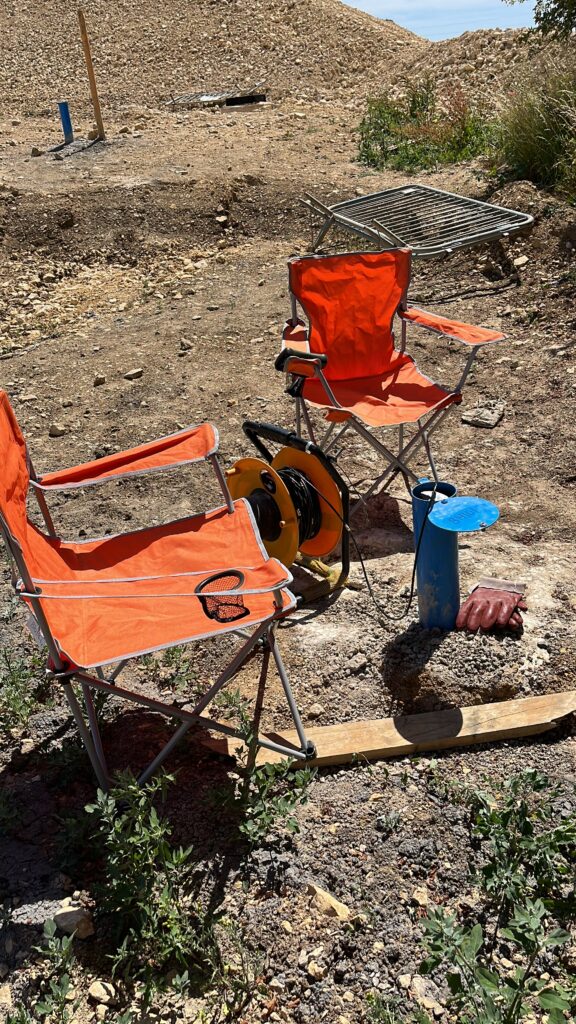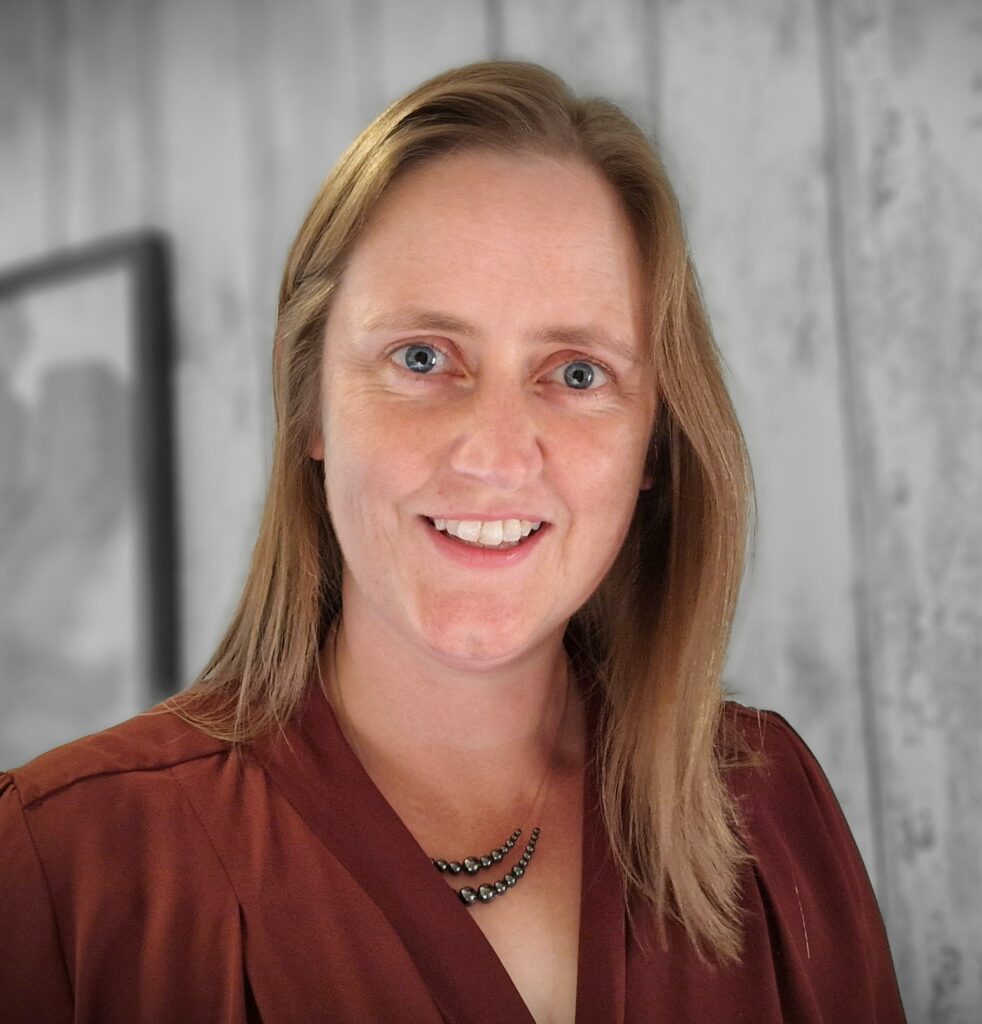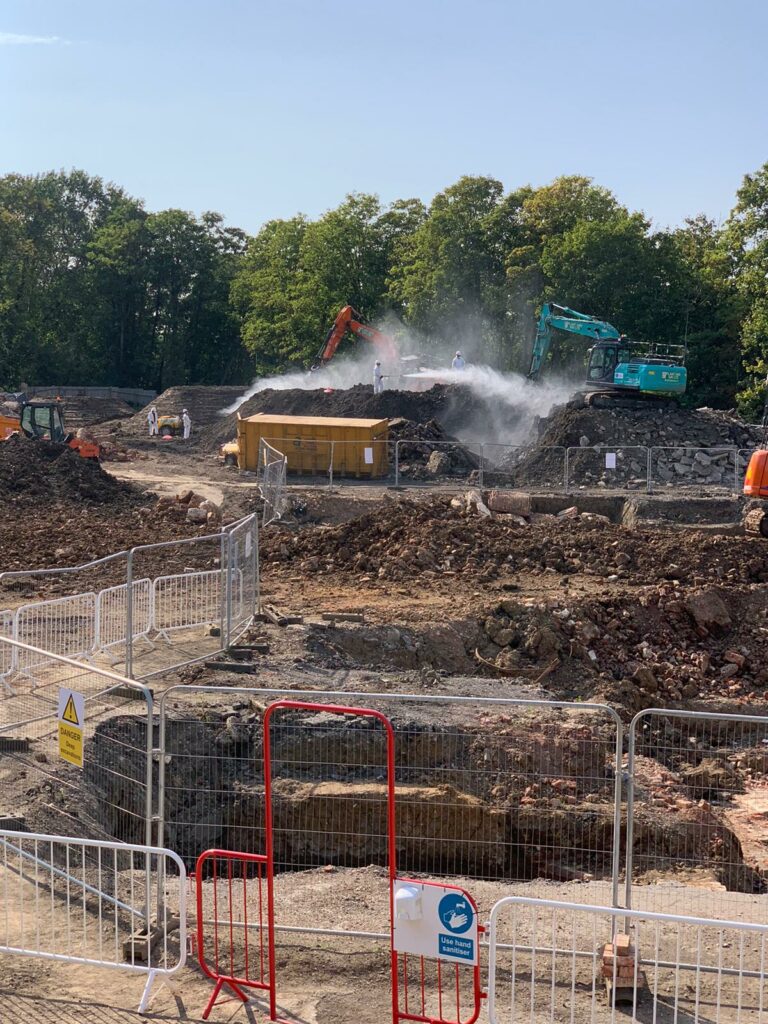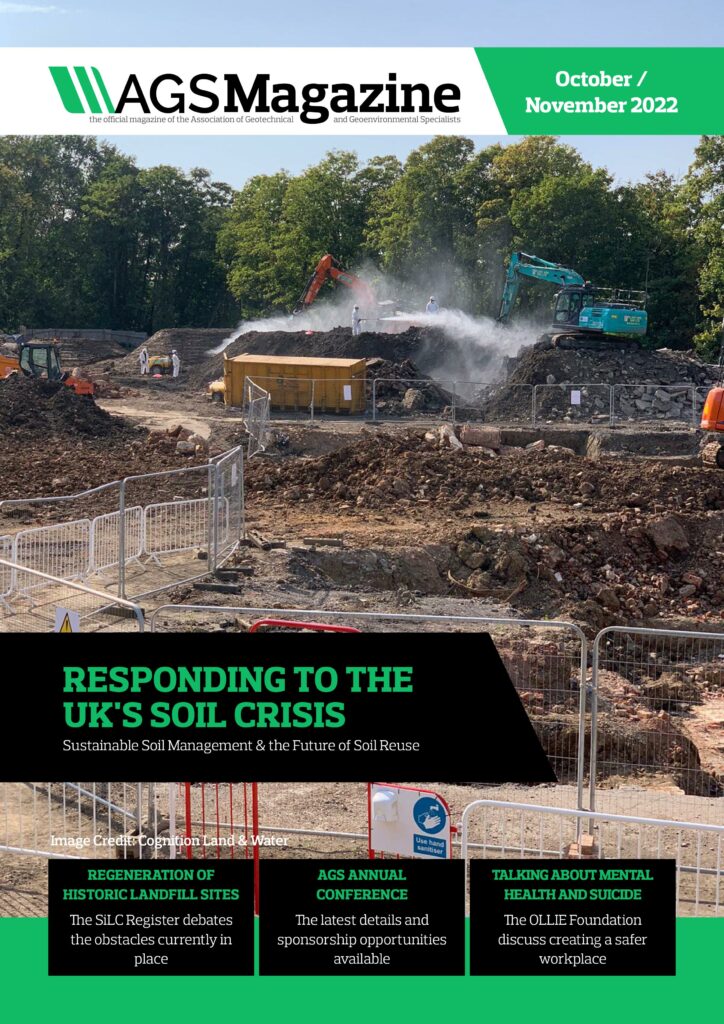This article discusses mental health issues and suicide. If this topic causes you distress or if you are currently struggling, please reach out for help. You may like to contact The Construction Industry Helpline on 0345 605 1956.
Geotechnical and Geoenvironmental Specialists find themselves potentially placed within what has become one of the deadliest sectors in the UK. And the numbers are tragic. Professionals in the construction sector are 6 times more likely to suicide, than to fall from a height on site and 2 workers each day take their own lives. That’s more than 3 times the average rate in the UK and higher than any other profession. Whilst these statistics are shocking, they may be just the tip of the iceberg as they only reflect onsite work data.
Although these are heart-breaking statistics, with each tragedy leaving friends and family in despair, we must urgently consider the needs of our professional colleagues currently in crisis. Those 2 people in the industry who are thinking of, and will possibly, suicide today. Those who are struggling daily, as high functioning employees, masking their intense pain.
The Chartered Institute of Building’s (CIOB ) comprehensive 2020 report, ‘Understanding Mental Health in the Built Environment’ found that 70% of over 2,000 construction professionals surveyed in 2019, had experienced depression, 87% had experienced anxiety in the last year and over 90% experienced stress, fatigue, poor concentration and overwhelm. Worse still, 26%, just over a quarter of those professionals interviewed, had thought about taking their own lives. We must acknowledge that good mental health within the industry could be at an all time low.
What exactly is mental health?
There are many misconceptions about what mental health is and what it isn’t. Mental health is our emotional, psychological and social wellbeing, it affects how we think, feel and behave. And, just like our physical health, it can ebb and flow. Biological influences as well as life experiences can all have a positive or negative impact on our mental health.
When we are in a good state of mental health we are better able to access our cognitive abilities, problem solve, think rationally, and see things from a range of perspectives. We are more likely to enjoy resilience and cope more effectively with the ups and downs of life. The human design allows most of us to cope with around 2 hours of stress a day without negative consequences. However, if we are left in stressful situations long enough, high levels of stress at work, then at home, perhaps with continuous worries about finances, our wellbeing can start to deteriorate. Everyday things begin to feel much harder, life begins to feel like we’re wading through treacle. We may feel angry, lost, guilty, anxious, we may begin to withdraw from friends and family and at some point, we will fit the diagnosis for a mental health disorder such as general anxiety disorder or depression, or more commonly, both. Predictions made by the World Health Organization (WHO) show that, by 2030, mental health problems (particularly depression) will be the leading cause of mortality and morbidity globally.
Do I have a mental illness if I have suicidal thoughts?
A very common misconception is that suicidal thoughts and actions are a mental illness or indicative of one. Unfortunately, this assumption is prevalent across many communities and whilst those with a mental illness, such as depression, are at higher risk of suicide, suicidal thinking can affect absolutely anyone. Suicidal thoughts are not the reserve of those with a diagnosable mental illness.
As complicated as all our lives are and as suicide is, there is an algorithm that is constant – when our pain exceeds resources for coping with our pain, and when we have lost hope that things can be different, we can see suicidal ideation. Until this is more widely understood, we will continue to see an unwillingness to seek help, such is the stigma around mental illness. This stigma will be stopping some in the construction industry from discussing their feelings of overwhelm.
So why are those in the construction industry experiencing such high rates of suicide?
If the demands at work exceed how much an individual can cope with, they will experience work-related stress. Reports from within the sector suggest there are countless and diverse demands placed upon employees of all levels, from those around the board table, to those laying boards on site.
The sector’s employees live with the nomadic nature of work, long and demanding hours, late payment issues and the boom and bust nature of the industry. It’s an industry that is straining under the impact of the climate crisis, reduced supplies, increased costs and inflation. Individual workplaces manage to stay afloat by imposing tight deadlines and low margins, which often lead to harsher working conditions. All these pressures have the potential to impact working relationships and increase harassment or bullying within a male dominated sector that often struggles with toxic masculinity. Layer on top the numerous crippling impacts of current world events, and we can begin to see why so many colleagues within this sector are becoming vulnerable to work related burnout or breakdown.
CIOB reported that 70% of workers experienced moderate to extreme levels of stress due to poor communication, 65% of senior level staff found inadequate staffing to cause moderate to extreme levels of stress and 64% of manual workers experienced stress due to bullying. If channels of communication are poor, if it’s an environment where senior level staffing is inadequate and if people are experiencing bullying or harassment are unable to communicate it, we start to see why it’s being called “The Silent Crisis” within the industry.
In such a male dominant sector, does the hyper-masculine culture still prevent men from openly talking about their mental health and the stress they are experiencing? Would it be fair to suggest that the sector still plays host to a culture of toxic masculinity, encouraging men to adopt unhealthy coping mechanisms, suppress their emotions, mask distress, create an appearance of self-sufficiency which prevents them from seeking help?
If you were concerned about the stigma surrounding mental ill health in your workplace and believed that your employer wouldn’t be able or want to help, if you felt there was no space to talk, no time to find a solution, or felt you may even risk a potential promotion or even employment if you raised a personal mental health concern, would you speak up?
Many wouldn’t and instead find a way to drown their pain in an extra beer, more porn, gambling, or illicit drugs to numb their feelings, all the while masking the truth with yet more banter and bravado. The appearance of coping is paramount, to be able to continue to support their loved ones and keep a roof over their heads. Could this contribute to the high rates of suicide within the industry?
And let’s not forget women in the industry. The 12% of females within this sector may be at risk too. We know that there are hideously high rates of male suicide, but women typically have higher rates of suicide attempts and are certainly at higher risk of self harm. The protective factors for women may be that it’s far more acceptable and therefore more probable that women will independently reach out for help from colleagues, friends, family or professionals for support.
How can we cultivate workplaces that support mental health?
It takes global and community organisational levels to change the workplace culture. There are some big cogs in the system that need to move and respond in unison to efforts on the ground and perhaps we could be asking some questions with broader strokes.
Cultural and organisational change often seems beyond our reach – it feels like that and as long as we continue to tell ourselves that it can’t be changed, so it will be. According to The Management of Health and Safety at Work Regulations 1999, all businesses have a legal duty to protect their employees’ safety at work by undertaking a risk assessment and acting on it. The existing legislation sights physical illness or injury, so what needs to be done to ensure mental health is included? In France, legislation is clear on injuries or suicides that take place on work premises.
We also know construction is capable of change when backed by Government legislation. Back in 2005, the UK Government introduced the ‘Working at Height Regulations’, and 10 years later, we see a 40% decrease in incidents. Now that workers are more at risk of suicide than falling from height, what can the industry do to work with the Government and address this appalling figure and implement better practice for mental health and wellbeing?
The Construction Skills Certification Scheme (CSCS) provides proof that individuals working on construction sites have the appropriate training and qualifications for the job. Given how prominent poor mental health is within the industry, perhaps this could be included in the CSCS application process and help raise standards and good practice around staff mental health within the sector?
We need a collaborative, local and national approach from academies through to government to educate, coordinate and legislate.
In the meantime, what more could be done to raise awareness? According to the CIOB report, 71% of respondents said that they had not received any mental health awareness or training within the past three years. 20% were unsure how seriously their business would respond to a member of staff if they disclosed that they had a mental health issue. But of course, if we are still assuming that our colleagues’ despair is a mental illness, we will be offering solutions that are unlikely to be appropriate.
Support to reduce suicides within the industry
We are beginning to see the introduction of Mental Health Policies, Mental Health First Aiders (MHFAs), flexible working, signposting to additional support, such as talking therapies or helplines, but there’s still have a long way to go in both educating staff and implementing processes to ensure we are working in healthy work environments that are suicide safe. Creating MHFAiders is meaningless if they are benign and if the structures are not in place to compassionately support colleagues.
The OLLIE Foundation, a suicide prevention charity in the UK, offers tailored suicide prevention training for the whole workplace, supporting everyone to feel more confident to have a conversation about suicide and mental health. The Foundation offers training to spot the invitations to recognise those at risk and to empower sensitive conversations about suicide. Most importantly we show you how as a line manager, colleague, or friend, how simply it can be to keep someone safe for now.
OLLIE advocates that in the world of suicide prevention, you don’t need an ‘ology’ to save a life. You don’t need a qualification in mental illness, and you don’t need to be a healthcare professional. You don’t need to be a doctor or a scientist or a psychiatrist. You simply need to be willing to step up and ask, are you OK? If you are willing to ask questions, listen to answers, validate feelings, and show empathy, you ARE equipped to prevent suicide. And if talking about feelings is not your happy place, or theirs, we will also show you how to use a simple process called a ‘safeplan’ and how you can use it to keep someone safe from acting on their thoughts.
OLLIE encourages workplaces to promote a culture that’s conducive to positive mental
health and wellbeing by exploring the following ideas:
- It’s important that the conversation around mental health isn’t automatically medicalised or formalised in the first instance. Implement a balance of both formal and informal support pathways. Peer support is most effective through activities the workforce is interested in and have suggested themselves, mens’ walking groups, 5 aside football matches, pizza nights for example. These all provide opportunities outside of work that help to create a culture of connectivity that can lead to courageous conversations. Steve Kerslake, founder of Construction Sport, recently featured in BBC’s We Are England: Mental Health, Coping in Construction to share the success he has had in using sport as a tool for peer support and conversation starters.
- More formalised support and clear signposting to external agencies such as Lighthouse Club’s Construction Industry helpline (flyers on the back of toilet doors, stickers on hardhats) to ensure as many colleagues as possible are made aware of the support available to them. The range of support available should be regularly shared and discussed, not just targeted to an individual at a time in need.
- Increase the team’s confidence through training and awareness talks such as those provided by The OLLIE Foundation. The University of Kent recently identified the industry’s biggest obstacles to discussing mental health was ultimately fear- that the word ‘suicide’ may have a negative impact on individuals and that it would be associated with the organisation raising this issue. We understand why that would be, but such fears are based on false assumptions, like the one shared earlier that all suicidal behaviours are indicative of mental illness. Another common fear based on false assumptions is that asking if someone’s thinking of suicide may just put the idea into their heads. You aren’t alone in worrying about that, but the truth is quite the opposite, research suggests you may just help save their life.
- Make a commitment to best practice and standards though a co produced Mental Health policies. It’s vital that your policy is unique to the needs of your workforce so that it is relevant and helpful and actively referred to for guidance from all members of the team – you may like to refer to The Mental Health at Work Commitment or Building Mental Health Charter to help get you started or review your current policy and practice.
- Ideally the workplace understands that its greatest asset is its staff. When that is the foundation of the workplace, things tend to flow better for everyone, including the bottom line! But as we don’t all have that foundation in place, let’s look at how we can create more open cultures of conversation so we can normalise discussions about wellbeing and mental health, with authenticity. Senior management can have a pivotal role in engaging in this type of conversation with colleagues at work, starting by openly talking about their own life experiences and feelings to set a precedent.
If you wish to continue this conversation around the great practice in your workplace, how we maintain good mental health and what more we can do to reduce emotional overwhelm and suicide within the construction industry, please participate in this anonymous questionnaire using the QR code below. Doing so will support OLLIE’s understanding of the obstacles to support and your stories of success.

If you wish to reduce the stigma and keep you, your colleagues and your loved ones safe from suicide, please do get in touch with The OLLIE Foundation to find out how they can support your workplace. Or simply join one of our online training sessions, they are open to everyone.
Getting tooled up with mental health support and suicide prevention with OLLIE gives organisations a unique advantage, boosting staff morale and their reputation within their community through their CSR. Align with OLLIE, and we’ll pledge to pay it forward, using training fees to fully fund prevention and awareness training for organisations, schools and public facing services in the workplace’s local community.
For further information please email: contactus@theolliefoundation.org
Article produced by Vicky Gutteridge and Debi Roberts – The OLLIE Foundation









